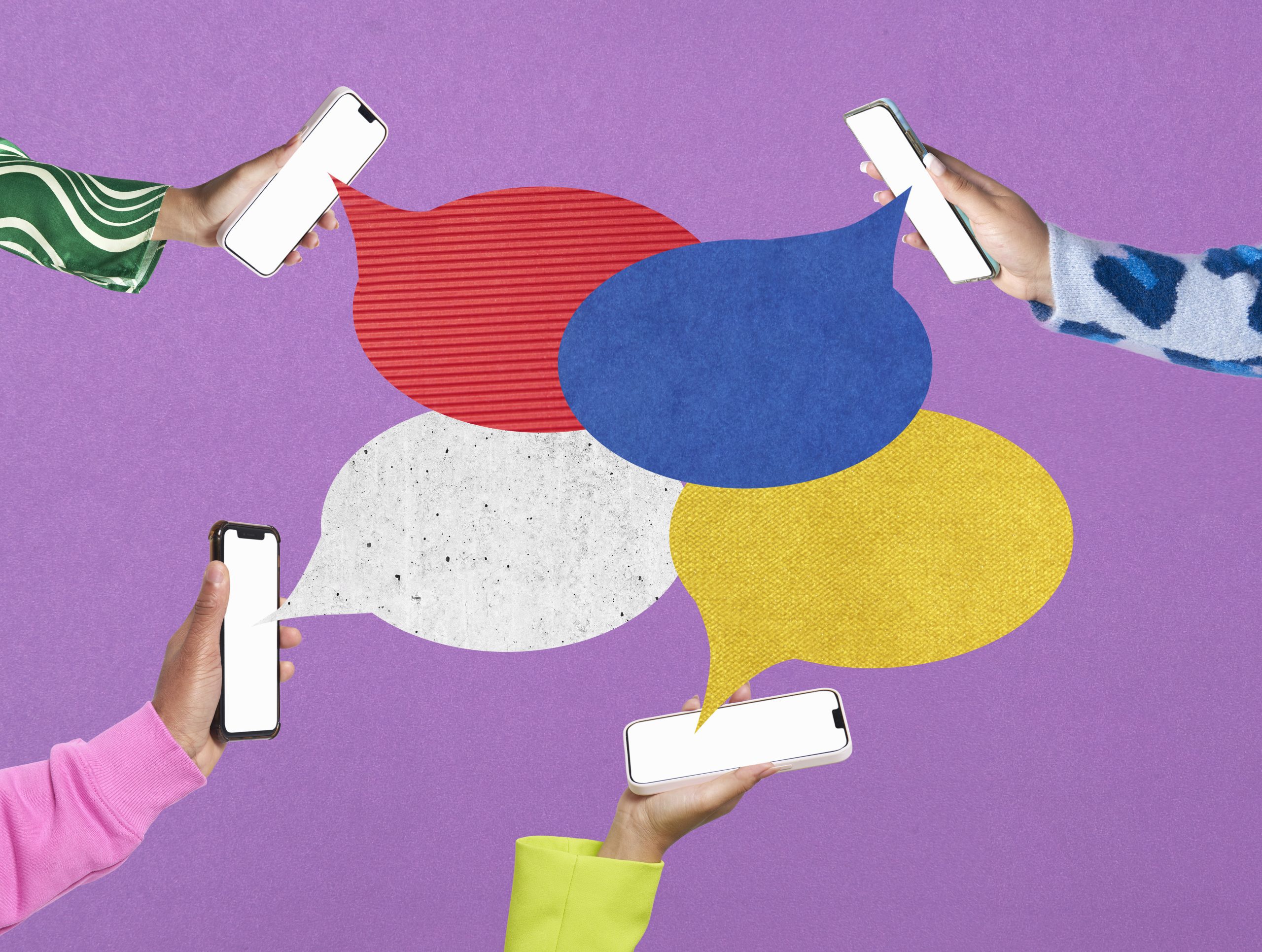Social Media’s Negative (and Positive) Impacts on Youth
Where you’ll find your news, friends and social connection, you’ll also find racism, transphobia and homophobia. How are young people finding their middle ground?
 (Getty Images)
(Getty Images)
While social media has been under fire for its negative effects on youth, a new report shows that this relationship is more complicated than it seems.
With the rapid expansion of technology, and more specifically, our personal smart devices, our lives have followed suit to make room for that growth. Our phones have become a constant companion. For better or for worse, popular social media apps — a hub for connection and creativity, as well as hate speech and negativity — have become crucial for the social lives of youth.
The importance of connection through social media is heightened when considering youth from diverse communities. A report from Common Sense Media and Hopelab revealed that nearly three-fourths of LGBTQ+ youth surveyed (74%) said social media platforms were especially valuable for combating feelings of loneliness.
Black young people also place value on different aspects of social media compared to their peers. Interviews show that Black youth stressed the importance of social media to find resources for college, career, and scholarship opportunities that they don’t always have access to.
Additionally, youth of color credit social media for providing mental health support when they face stigma with regard to mental health issues, especially within their families or among older members of their communities.
At the same time, youth who are from communities of color, the LGBTQ+ community, and those who already have symptoms of moderate to severe depression face the most impact from the negative aspects of social media. These youth are more likely to see or hear things on social media that make them feel bad about their body or appearance, and often end up feeling like other people’s lives are better than their own.
So how do these young adults and teens manage their social media experiences? Contrary to the image of young people as passive consumers of online content, they are actually doing the opposite. Young people will constructively curate their feeds to see more of what they like, and less of what they don’t, ultimately making their social media feed their own.
TikTok user, Sammy K. (@skzzolno), echoes the importance of making your feed your own. To her, the difference between having a negative relationship with social media versus a positive one is all about following creators who “inspire” you, instead of watching content that makes you feel bad about yourself.
@skzzolno Replying to @Dave this is what has helped me personally & some of the thoughts i have when sharing my life online ❤️❤️ #socialmedaia #relationshipwithsocialmedia #socialmediadetox ♬ original sound – sammy k
Conversations around social media and approaches to making the Internet safer for everybody need to include the perspectives of youth from diverse communities. Amy Green, Head of Research at Hopelab said, “If we truly want to improve the well-being of young people, we need to listen to their experiences and ensure that we do not inadvertently remove access to crucial positive benefits, particularly among Black, Latinx, and LGBTQ+ young people.”
Knives Nguyen (they/he/she), is a journalist from the Bay Area who covers entertainment, culture and student life. You can connect with them on LinkedIn: @knivesnguyen.
Edited by Nykeya Woods